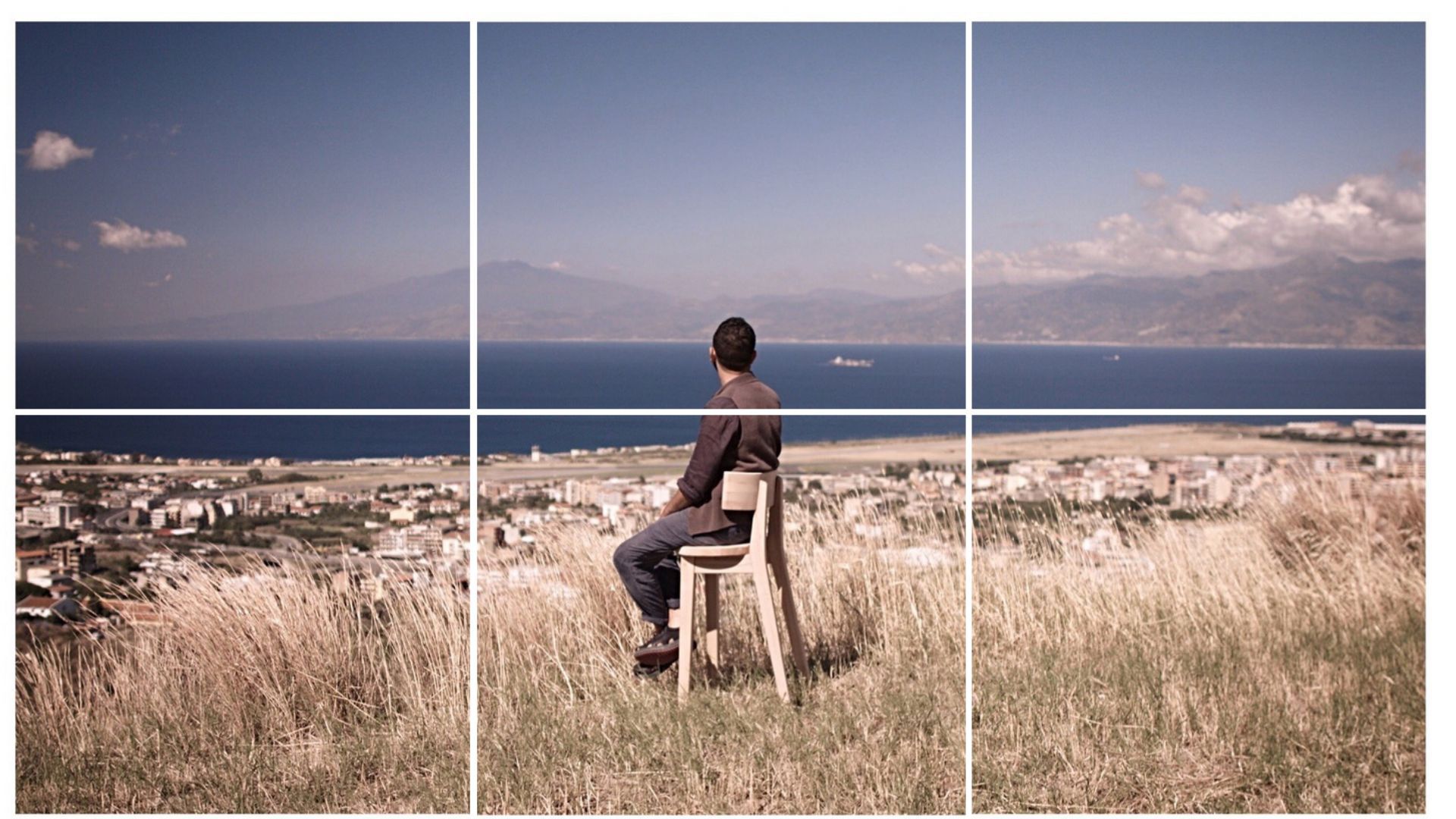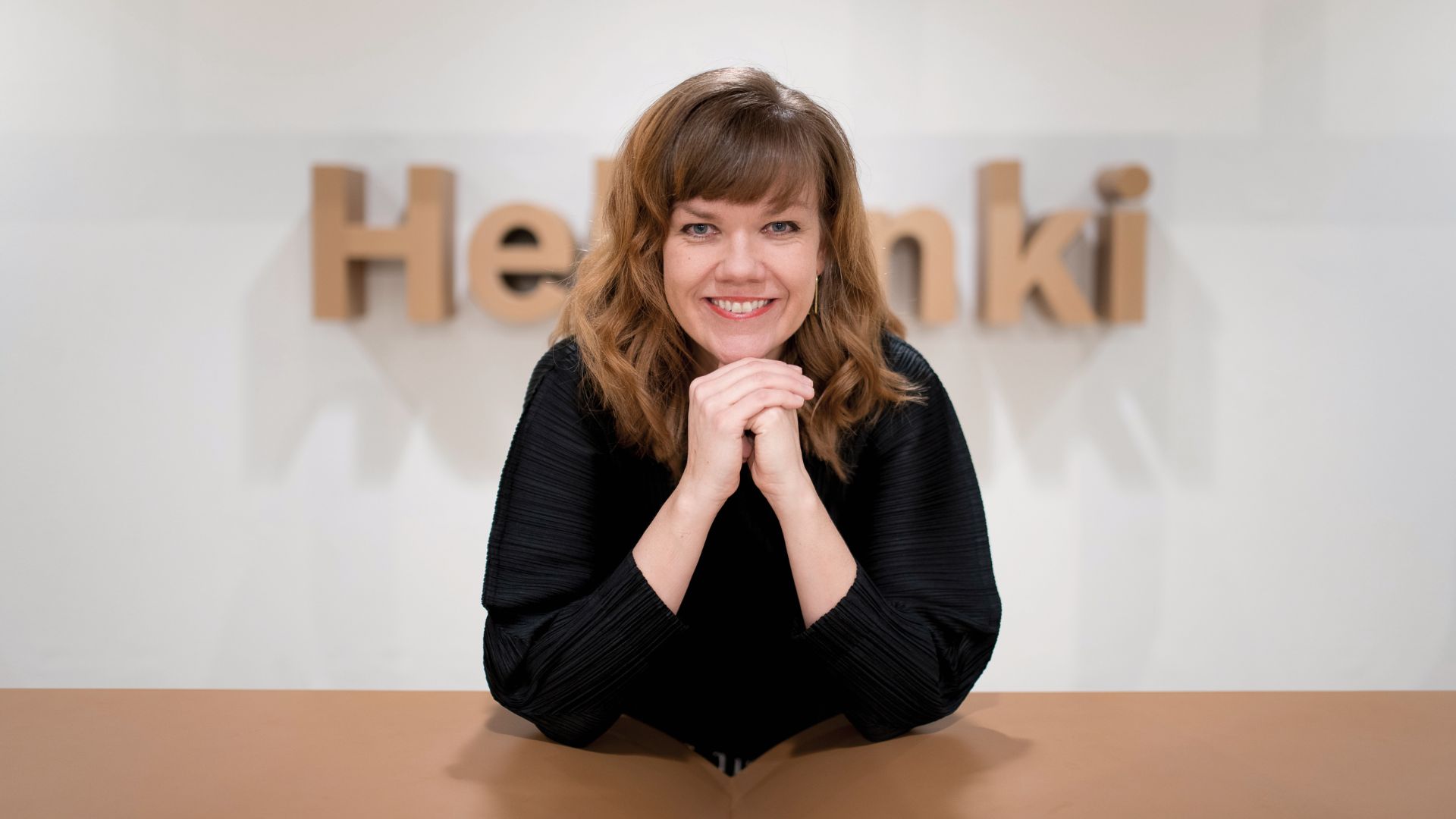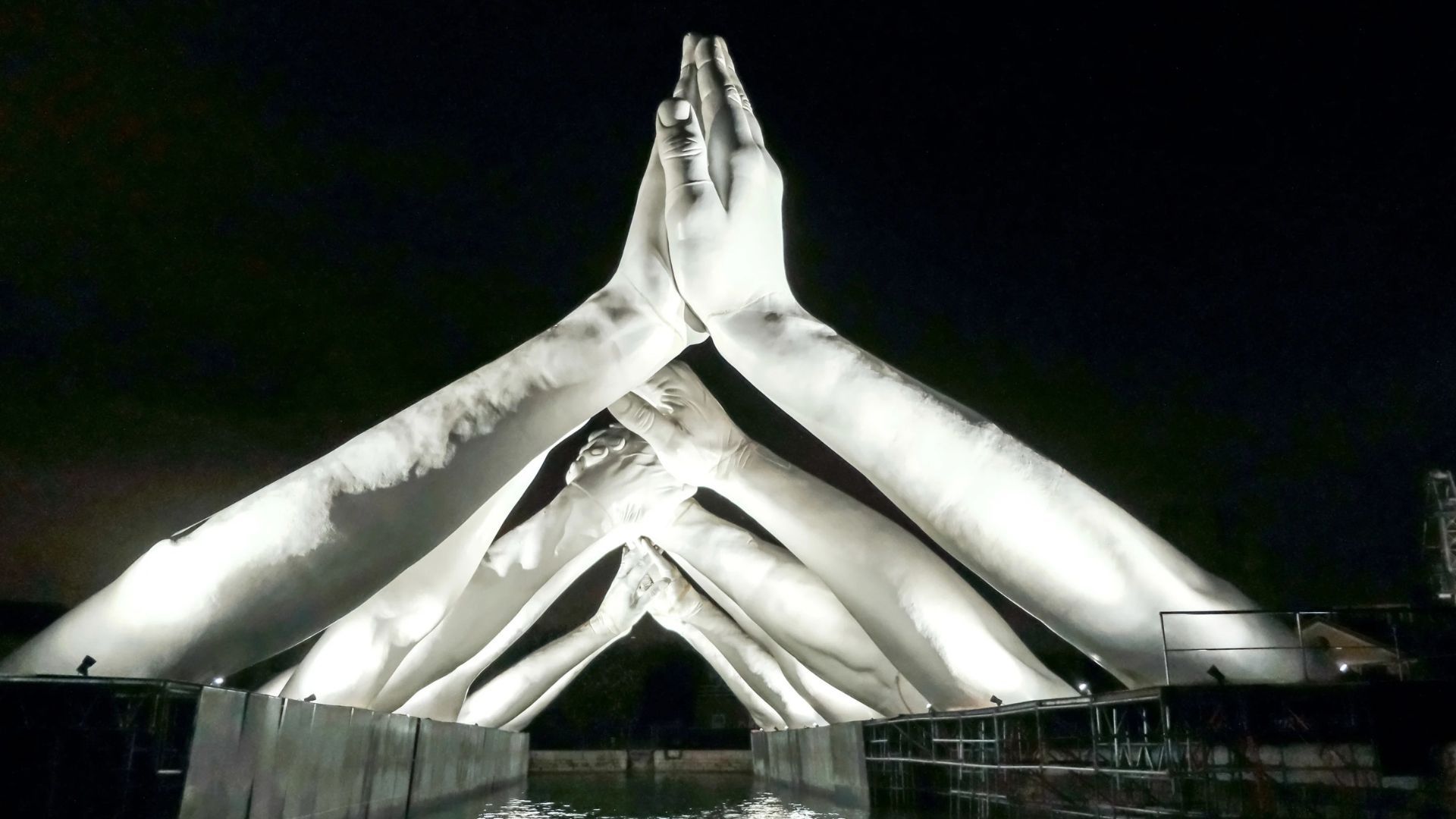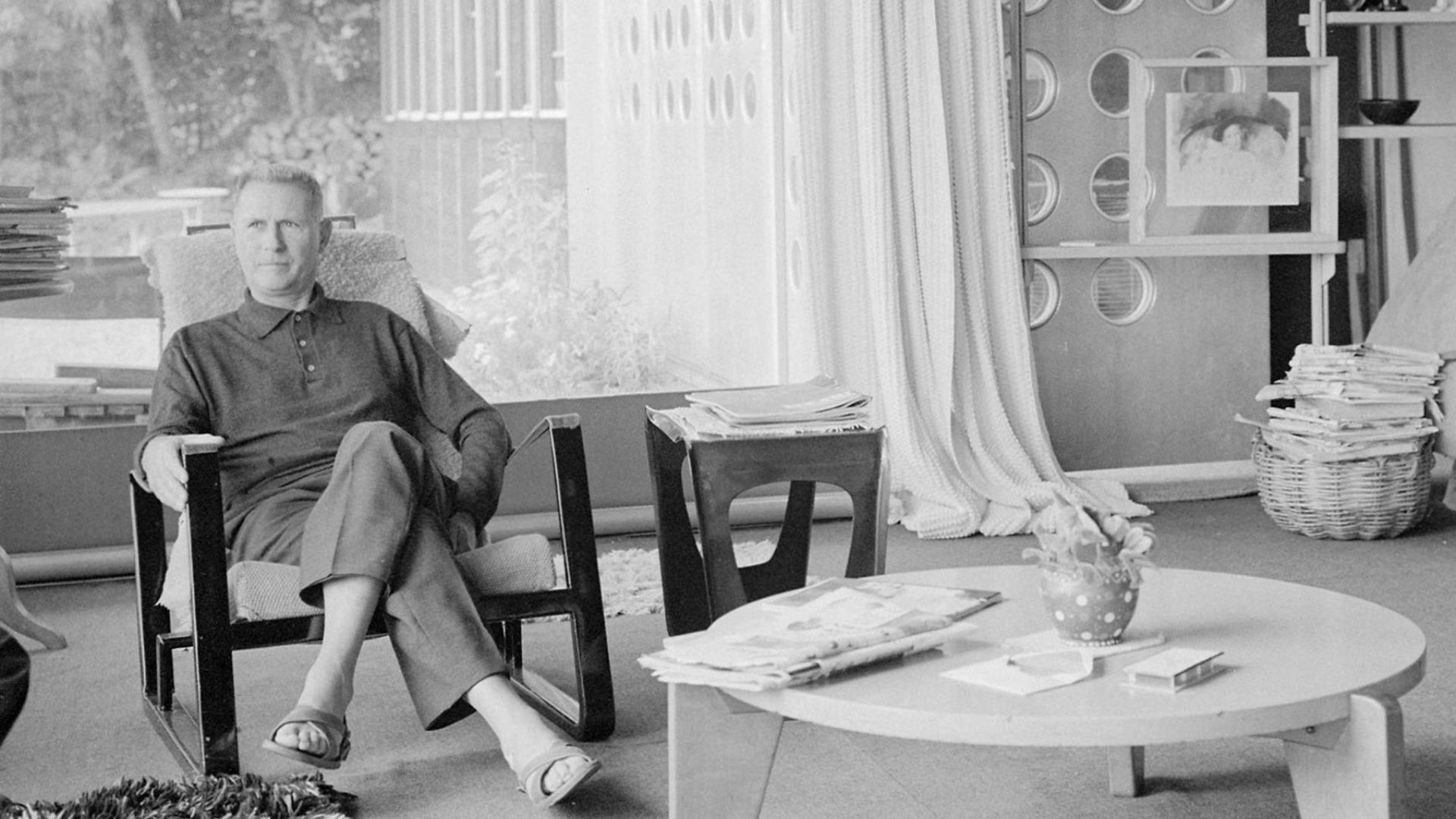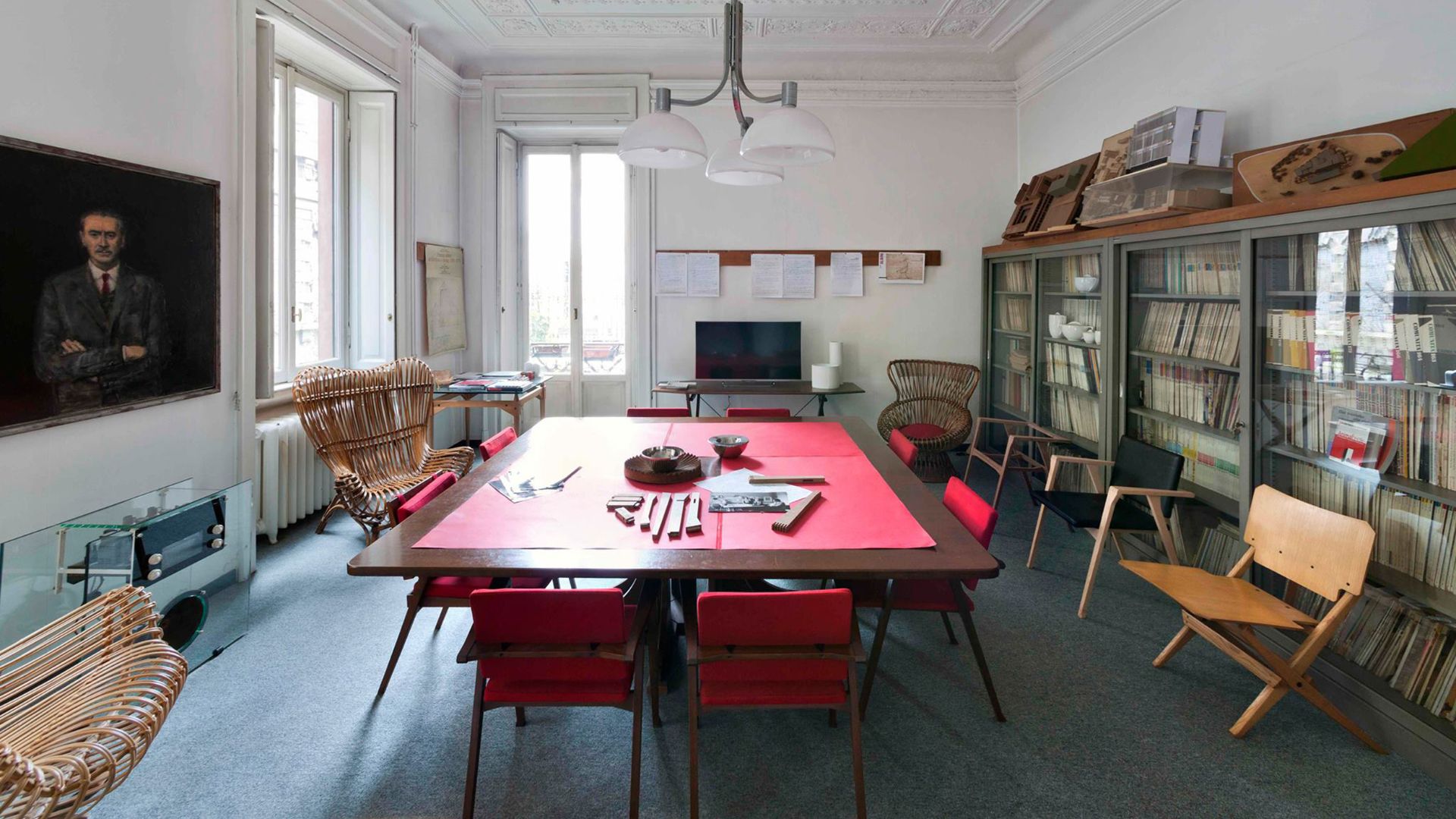What (all) designers can learn from the custom bikes world

Unless you are a passionate cyclist, you probably don’t know this:
all bicycles used in an official competition must be designed to be also sold in mainstream marketing channels. Yes, including those used for the Tour de France, la Vuelta in Spain or the Giro in Italy.
It’s a rule set by the UCI after many disruptive individuals, cycling on experimental things, challenged the status quo (first and foremost Greame Obree who got the World Hour Record on a bike built using pieces from his washing machine in 1993).

The official reason is that the cycling organizations don’t want technological achievements to overcome human sportive performances. The cynical one is that there is a massive business behind professional cycling and brands need to sell bikes.
Fair enough. Yet this means that
professional cyclists must deal with bikes that, besides minor adjustments, do not allow a great degree of personalization.
Even the massive experimentation that went into creating the 3D printed bike that Filippo Ganna used to break the World Hour Record on track was conceived to be, theoretically, reproducible on the market scale (indeed, you can get it if you have 75K euro to spare).
Next to the massive bike market, though, there is also another one, more niche but growing, which considers a different point of view. It can be summarized by the motto:
“One cyclist, one bike”.
This means on one hand looking back at the pre-2000, when the cycling world was dominated by skilled, experimental craftsmen making one-offs; and, on the other, dreaming forward, tweaking and using all available technologies to create the perfect human-bike fit. Without following market trends when it comes to materials and accessories.

It’s a very interesting world for designers to explore, even if they are not cycling enthusiast, for many reasons:
- It’s ergonomically complex: requiring a deep understanding of the relationship between the body and the bike, during motion
- It’s a co-design exercise: the cyclist and the designer have to create (and re-create) together throughout the whole process
- It’s motion driven: it needs to create a perfect fit during the athletic gesture, through time and fatigue, in a great variety of atmospheric conditions
- It’s experimental with materials: having no manufacturing or serial constraints it can do try outs
- It’s about additive manufacturing and craftsmanship: 3D printing, supported by the skilled craftsman’s touch.
Big changes come from the outside
Romolo Stanco of T°Red is one of the top representatives of this world (he and his business partner Erica Marson are the authors of the motto we quoted above: one cyclist, one bike).
He was one of the first ones to use 3D printing on bikes. With his Bianca Laboratories (and the brand TOOT Racing Engineering) he experiments on design, engineering, additive manufacturing, custom handmade production and then feeds the outcomes to his T°Red brand that articulates the findings in reproducible and customizable bikes.
He has been experimenting heavily on metals, questioning mainstream trends. He has developed a proprietary software to mold the design of the bike on the human body.

Since 2016, he has designed bikes for winning world championships athletes such as Alex Buttazzoni, Elisa Balsamo, Letizia Pateroster, Bejamin Thomas. Twice winner of the Best Track Bike at the NAHBS, in 2018 and 2019), his latest creation, THEFALCON, was used by Lezica with the Argentinian national team at the Worlds Track Races in Roubaix and St Quentin-en-Yvelines and his Ashaa handlebar by Elia Viviani, Aaron Gate and other cycling superstars. And so on.
Interestingly, he was originally an outsider to cycling.
Trained as a physicist and an architect, prior to creating T°Red Romolo Stanco had designed all sorts of disruptive stuff: lamps in shape memory alloys that lifted up when you turned them on (named V/agra!), vases providing light made of liquid wood and even a large cube, capable of accumulating and releasing energy thanks to its photovoltaic skin (this latter was used at the World Future Energy Summit in Abu Dhabi in 2014 to represent Italy).

What’s so interesting about bikes (for someone trained in physics and architecture)?
Romolo Stanco:
“Bikes are interesting for designers because they are simple, essential, straight-forward. So they are very hard to improve.
Regardless of one’s education,
bikes are a juicy feat for anyone who likes to complex challenges”.
What does One Cyclist, One Bike mean?
Romolo Stanco:
“In comparison to most objects that we design, a bike makes no sense without the person who rides it: it’s like an extension of our body.
For instance: when a rider moves forward, most of the impact on the aerodynamic economy (almost 90%) is given by the body’s position rather than the bike.
Obree, for instance, broke the Hour World Record not only due to the bike he used but mainly because it was made to allow him to crouch on it in a particular position. So while he produced less watts than other competitors, thanks to aerodynamics he was actually going faster.
Man+bike is like one project, and this makes it so fascinating for a designer.
The challenge, when it comes to a bike, is all about designing it around the athlete who will use it: around his or her way of sitting on it, moving, reacting to speed and fatigue. It’s a very complex co-design project”.

So how is aerodynamic drag distributed?
Romolo Stanco:
“Aerodynamic drag is indeed the major resistive force in cycling, up to 90% when the cyclist is traveling on a level road at speeds of about 40 km/h and beyond.
The cyclist body and wearable components, like helmets and skinsuits, are responsible for 64%–82% of the total drag, depending on the cyclist body size and shape and the cyclist position on the bicycle.
The remaining drag is caused by the bicycle, which includes the frame, the wheels, the handlebar and other small components”.
Give us an example of what you get when you design around the body in motion.
Romolo Stanco:
“The Ashaa handlebar that we developed was designed to offer support & control in a wider range of hand positions as seen in endurance track racing.
Ashaa brings shapely hoods and sharp finger grips to the track, flat horizontal drops to get low, and generous flare to make room for racers’ wrists”.

How do you proceed when designing a bike?
Romolo Stanco:
“Designing a bike around a cyclist means considering biometrics – the sizes of the body – but also athletic gestures: because each of us has a different way of pedaling and different needs.
The design recipe is made from ingredients that can be mixed in different ways depending on the project:
- Listening (carefully) to the cyclist’s needs
- Analysis of the athletic gesture (basically it means physically cycling with him/her)
- Design definition, starting from the bike-rider block: to do this, we use our own specifically developed parametric software
- Project verification
- Choice of materials: finding the right one to meet needs and objectives
- Creation of the bike: by hand and using advanced tools (including 3D metal printing)
How would you define your design approach?
Romolo Stanco:
“Our design approach is certainly parametric (and it’s been so for years) but now also adaptive and generative.
These are words that require some explaining:
- Adaptive design supports the integration man/machine in dynamic situations
- Generative design allows for the creation of parts and components that must mutually adapt to each other in the search for the perfect combination to achieve the desired objective (in terms of weight, structural loads, mechanical resistance and sustainable use of materials)

Our focus is on relentless experimentation.
When we work with additive manufacturing, we use cutting-edge materials (such as Scalmalloy®, Titanium 6/4 or Inconel®, working with a variety of international partners.
Together with the University of Pavia, Italy, we are exploring 3D printing with a continuous carbon filament technology to make a cockpit handlebar and integrated fork for a pursuit bike prototype.
This technology is fascinating because it allows us to lay the resistance material – by addition – following load charges through movement”.

How do you come to define the bike starting from the cyclist-bike block?
Romolo Stanco:
“We use a software that runs an algorithm that we (meaning Bianca Lab) specifically developed. It’s called Horai.
This algorithm analyzes the relationship between anthropometric measures, physical characteristics, the quality of a cycling technique and it relates its info to a system of dynamic acquisition (that we customized from the one designed by Darren Burning who programmed Velogicfit®).
Then, we proceed to 3D scanning, using another system that we developed through Kickstarter 10 years ago called Occipital Structure Sensor PRO.
Are custom-made bikes made for professionals only?
Romolo Stanco:
“I started working on bikes because a professional cyclist and friend, Giairo Ermeti, asked me to design a bike for him.
He knew I was working heavily on 3D printing and experimenting with alloys, he was fed up with the obligation of using a standard one that didn’t take into account his very personal needs. He thought we could give it a go, and we did.
We soon realized, though, that the approach we were following didn’t only serve the purposes of those who want to break records but also the needs of cyclists who merely wish to be comfortable, feel at ease, and get the most out of their Sunday tours.
With this idea in mind, we started a journey to create a revolution in the way bikes are designed. Not one bike, but all, and for all”.

What is this revolution about?
Romolo Stanco:
“We call it THEFALCON and it is a completely open project in which some determining characteristics in mechanical, dynamic and aerodynamic terms are parameterized and redesigned for each individual bike.
The revolution is not in the fact that we make a custom bike but in the way we do it. For instance,
we can modify the geometric dimensions of the frame based on the measurements of the individual cyclist but also the shapes of some parts.
Like the steering box, top tube and main tube, rear stay, seat post.
The modification includes the geometry of these parts but also their thickness, thanks to the addition of material and stiffeners or lightening elements that we design and simulate in 3D in partnership with Compmech Lab leaded by Prof. Ferdinando Auricchio of Pavia University and only at a later stage print in titanium using additive manufacturing.

So THEFALCON is not a model but a way to design a human+bike object”.
You work a lot with metals while most bikes today use carbon fiber. Why?
Romolo Stanco:
“I don’t have anything against carbon but I consider materials a variable not a determining element in a project.
In an ideal world, a material should be selected according to its ability to suit the cyclist’s needs, not the requirements for mass production.
Metals are great for custom bikes because they are isotropic. This means that they maintain the same mechanical characteristics at every point. So they are naturally reliable, stable, easy to design.

Furthermore, working with titanium or alloys such as Scalmalloy® or Inconel® through 3D printing allows us to combine performance and customization possibilities.
We can create a customized component, and modify its mechanical characteristics, thicknesses in different areas, dimensions, and the control of deformations according to use and loads.
We can also design and build “one off” molds for carbon fiber with a PEEK printer for prototypes, unique pieces and parts or small series. And all this without any investment in molds, equipment nor extraction of raw materials”.
How can custom bikes become bikes for all?
Romolo Stanco:
“They won’t. Not everyone needs or wants a custom bike. But everyone feels better on a bike designed and built around them.
It’s not a question of price: custom made bikes are expensive but so are high end standard ones made by top brands.
It’s a question of cycling philosophy, purpose, attitude towards the sport.
Even if custom bikes will never be mainstream, I believe that the design approach of this niche is indicating a direction – towards customization through additive manufacturing, respecting the athletic gesture and the need for comfort + performance – that may well be also taken into account by the larger size of the industry.
One in which design – in its most noble sense of the discipline as the answer to people’s needs – plays a key role”.






